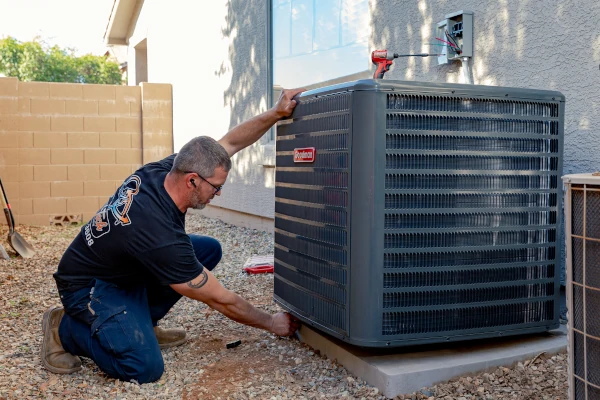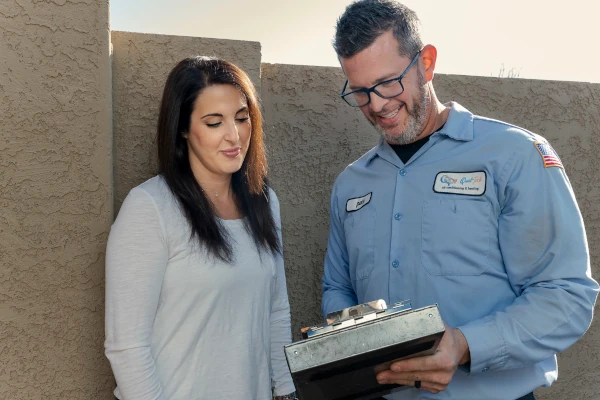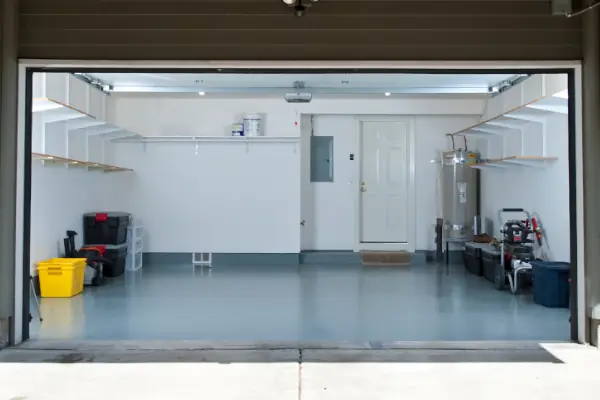Choosing the right refrigerant for your HVAC system is more important than ever. With growing environmental concerns and evolving regulations, many homeowners and contractors are weighing the benefits of R-410A systems — the long-standing industry standard — against the new R-32 systems.
In this article, we’ll lay out the strongest arguments for both R-410 systems and R-32 systems. Then, we’ll provide clear recommendations based on your specific needs, system type, and long-term goals.
Reasons R-410A Systems Are The Better Option:
Reason #1: Proven Technology
R-410A is a well-established refrigerant with over two decades of widespread use in residential and commercial HVAC systems. Its non-flammable nature, proven reliability, and global service infrastructure make it a trusted choice. Technicians are widely trained to handle it, and parts are readily available for installation and maintenance.
Reason #2: Safety and Handling
R-410A is classified as an A1 refrigerant, meaning it is non-toxic and non-flammable, making it one of the safest options for handling and installation. This reduces the need for specialized safety equipment or procedures, which is especially beneficial in residential or sensitive commercial environments. Its stability also makes it easier to transport and store, minimizing risk during service calls and simplifying compliance with safety regulations for contractors and facility managers.
Reason #3: Availability and Compatibility
R-410A systems are widely available and supported across most markets, with an extensive range of models from virtually every major HVAC manufacturer. Spare parts, refrigerant supply, and trained technicians are easily accessible. For those replacing or repairing existing systems, R-410A offers seamless compatibility without the need for extensive retrofitting. This makes it a practical and convenient choice, particularly where newer refrigerants like R-32 are not yet fully adopted or supported.
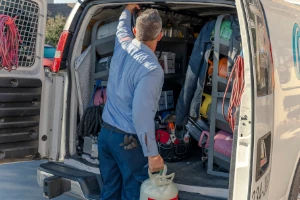
Reason #4: Installation Cost
Reasons R-32 Systems Are The Better Option:
Reason #1: Future Proof Technology
R-32 systems are widely regarded as a future-proof refrigerant due to their low Global Warming Potential (GWP) of 675—significantly lower than R-410A. It aligns with international climate agreements and regulatory trends pushing for reduced environmental impact, making it a smart long-term choice.
Beyond its eco-credentials, R-32 is a proven technology. It has been used in millions of air conditioning systems across Asia and Europe for over a decade. Additionally, it’s not unfamiliar to the industry—R-32 is a key component of R-410A, meaning technicians already have a foundational understanding of its behavior and properties, easing the transition to standalone R-32 systems.
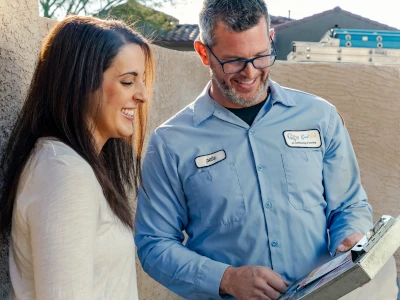
Reason #2: Greater Efficiency
R-32 offers greater energy efficiency due to its superior thermodynamic properties, including higher heat transfer efficiency and lower viscosity, which allows systems to operate more effectively. It also requires about 20–30% less refrigerant to achieve the same cooling output as R-410A. This improved performance is reflected in higher Seasonal Energy Efficiency Ratio (SEER) ratings, translating to lower energy consumption and reduced utility bills over the life of the system.
Reason #3: R-410A is Just "Watered-Down" R-32
 R-410A is actually a blend, made up of approximately 50% R-32 and 50% R-125. While R-32 handles most of the heat transfer work, R-125 is added to suppress flammability. This blend reduces overall efficiency and increases the Global Warming Potential compared to pure R-32. Since technicians are already familiar with R-410A, transitioning to R-32-only systems is relatively straightforward—leveraging the same core refrigerant with improved environmental and performance benefits.
R-410A is actually a blend, made up of approximately 50% R-32 and 50% R-125. While R-32 handles most of the heat transfer work, R-125 is added to suppress flammability. This blend reduces overall efficiency and increases the Global Warming Potential compared to pure R-32. Since technicians are already familiar with R-410A, transitioning to R-32-only systems is relatively straightforward—leveraging the same core refrigerant with improved environmental and performance benefits.
R-32 is also superior in that it is composed of only one refrigerant, as opposed to R-410A which is a blend of refrigerant. This means that R-32 systems can be simpler than R-410A systems and that a leak in a R-32 will not necessitate replacing all of the refrigerant, since with a blended refrigerant you can’t know how much of each type leaked out of the system.
R-454B is also a blend containing R-32, diluted with R-1234yf to reduce flammability. While it has a lower GWP than R-410A, this comes at the cost of reduced thermal efficiency compared to pure R-32. Essentially, it’s a diluted version that trades performance for safer handling characteristics and regulatory compliance. For more about different refrigerant check out our article: Why Do AC Refrigerants Keep Changing?
Reason #4: Modern Designs

Reason #5: R-32 Systems are Already Available At A Good Price
R-32 systems are already widely available on the market and competitively priced. Because R-32 has higher cooling efficiency, systems require less refrigerant and can be built more compactly without sacrificing performance. This means manufacturers can reduce material costs while maintaining the same tonnage capacity. As a result, consumers benefit from smaller, lighter units that are just as powerful—often at a price point comparable to or better than traditional R-410A systems.
Which Refrigerant Is Better?
Reasons to Get R-410A:
Choose an R-410A system if you need a quick, practical solution and R-32 isn’t ideal for your situation. It’s a solid choice when:
You’re replacing an existing R-410A system and want to save money.
Budget is tight and upfront cost is a priority
You’re concerned about flammability or your chosen contractor is not yet licensed to work with A2L Refrigerants.
Reasons to Get R-32:
Choose an R-32 system if you’re looking for a high-performance, modern, and cost-effective solution. It’s the better option when:
You’re installing a new system and want maximum efficiency
You plan to keep the system for 10+ years
You want a smaller, quieter unit with modern features
Local contractors are trained to work with R-32
You want lower energy bills over time
Which Refrigerant Do We Recommend?
At Qual-Tech, we recommend R-32 systems for most new installations. They offer better efficiency, modern features, and are typically cheaper over the system’s lifetime. While R-32 is mildly flammable, the risk is extremely low and only relevant in very specific scenarios. For the vast majority of homes and businesses, it’s a safe, reliable, and cost-effective choice.


